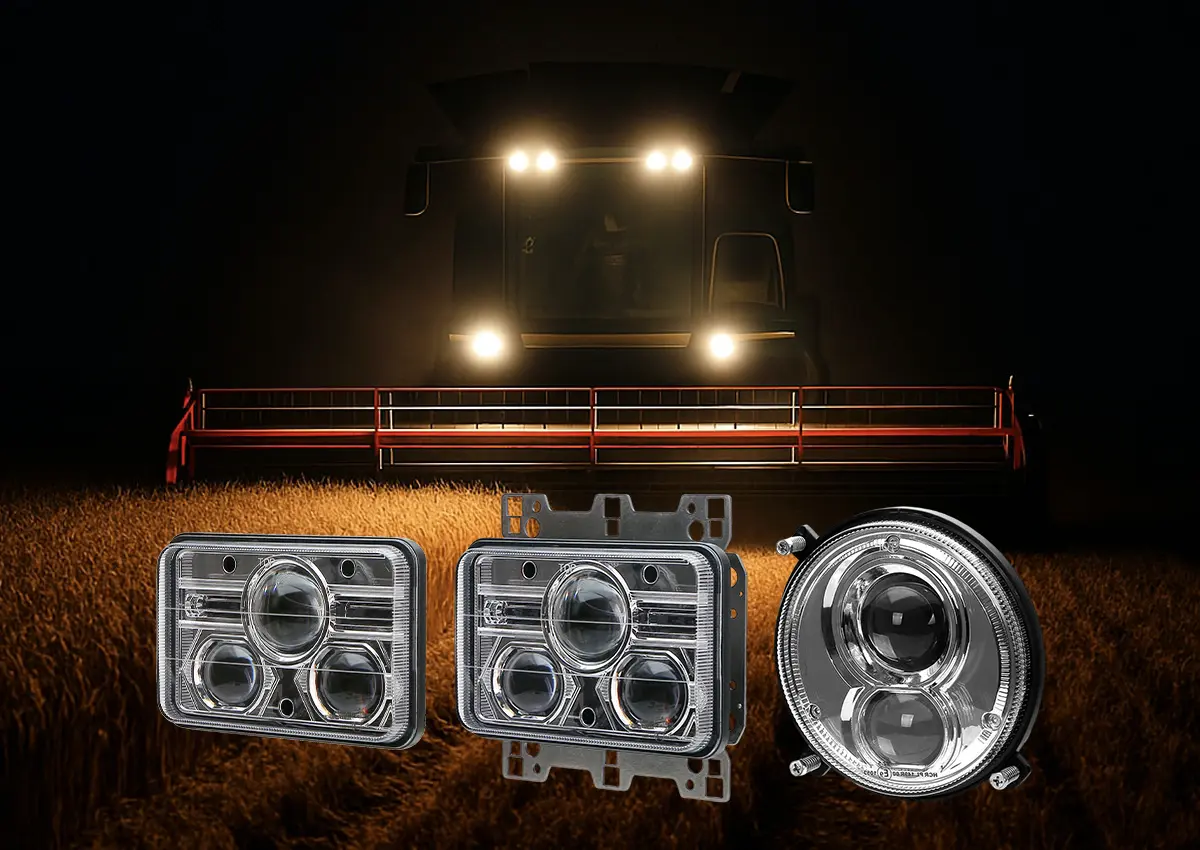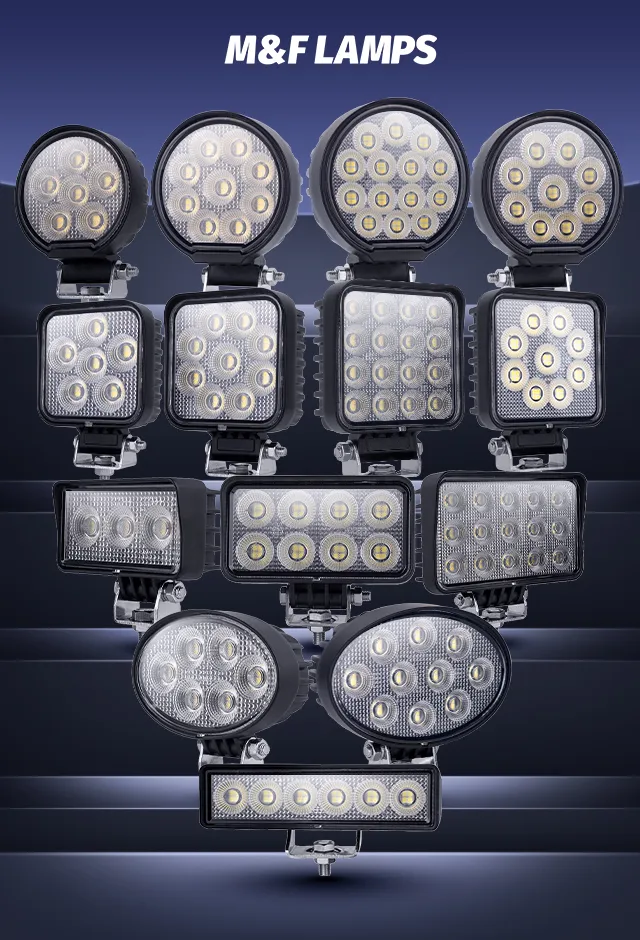In recent years, the agricultural sector has witnessed a significant shift towards sustainable and efficient practices.
Among the various technological advancements, the adoption of energy-efficient LED lighting has emerged as a game-changer, revolutionizing traditional farming methods and paving the way for increased productivity, reduced costs, and a minimized environmental footprint.
This article explores the profound impact of LED lighting on agricultural operations, highlighting its key benefits and applications.

Energy Efficiency and Cost Savings
One of the most compelling advantages of LED lighting in agriculture is its exceptional energy efficiency.
Compared to traditional lighting systems such as incandescent, fluorescent, and high-pressure sodium (HPS) lamps, LEDs consume significantly less power while delivering the same or even higher light output.
Studies have shown that LEDs can reduce electricity consumption by 24-30% compared to HPS and other conventional horticultural lighting technologies.
This translates into substantial cost savings for farmers, reducing their operational expenses and improving their bottom line.
Furthermore, the longer lifespan of LED fixtures contributes to additional cost savings by reducing the frequency of bulb replacements and minimizing maintenance expenses. LED lights typically last up to 50,000 hours or more, significantly longer than traditional lighting options.
Enhanced Plant Growth and Crop Yields
LED lighting offers a greater degree of control over the light spectrum, enabling farmers to adjust the lighting to meet the unique requirements of each crop. By customizing the light spectrum, intensity, and duration, farmers can optimize plant growth and achieve higher yields regardless of external factors.
- Photosynthesis: Light is a vital energy source for the process of photosynthesis and other metabolic processes for the better growth and development of plants. The red and blue regions are assumed to be the most indispensable for photosynthesis.
- Controllable Light Source: LEDs can mimic the intensity, duration, and spectral distribution of sunlight, allowing farmers to provide ideal light conditions for plants to grow. Advanced LED systems allow growers to customize the spectral wavelengths emitted, providing optimal lighting conditions for photosynthesis, flowering, and fruiting. By fine-tuning the light spectrum, growers can enhance plant growth, improve crop quality, and maximize yields.
- Extend Growing Season: Artificial lighting can extend the growing season, allowing crops to be grown outside of their normal growing season.
Moreover, LEDs emit minimal thermal radiation, which is a crucial advantage for indoor farming environments where maintaining a controlled and cool environment is essential for optimal plant growth. The reduced heat output of LEDs eliminates the need for bulky and energy-intensive cooling systems, leading to lower operational costs and a more efficient growing environment.
Improved Worker Safety and Operational Efficiency
In addition to its benefits for plant growth, LED lighting also enhances worker safety and operational efficiency in agricultural settings. LED light bars, especially those designed for agricultural applications, provide bright, white light that significantly improves visibility. This extends the working hours and allows agricultural operations to continue safely and efficiently, regardless of the natural light conditions.
Improved visibility not only boosts efficiency but also enhances worker safety by reducing shadows and minimizing dark spots that can lead to accidents. This means fewer mishaps, less equipment damage, and a safer environment for everyone working on the farm.
Applications of LED Lighting in Agriculture
LED lighting is finding widespread applications across various agricultural sectors, including:
- Indoor Vertical Farms: Vertical farms are enabled by LED technology and have shelves of plants, stacked floor to ceiling, to vastly increase crop yields.
- Greenhouses: LEDs are essential in greenhouses since they accurately manage the light spectrum in order to speed up plant growth and maximise development.
- Hydroponics and Aquaponics: LEDs are used in aquaponic and hydroponic systems, where plants are grown without soil in nutrient-rich water solutions.
- Farm Machinery: LED lighting offers several advantages for farm machinery. It provides brighter and more efficient illumination, improving visibility and safety during operation.
Conclusion
The integration of energy-efficient LED lighting into agricultural operations has brought about a paradigm shift, offering a multitude of benefits ranging from increased productivity and reduced costs to improved worker safety and environmental sustainability.
As the agricultural industry continues to evolve, LED lighting is poised to play an increasingly crucial role in shaping the future of farming, enabling farmers to meet the growing global demand for food while minimizing their environmental impact.




